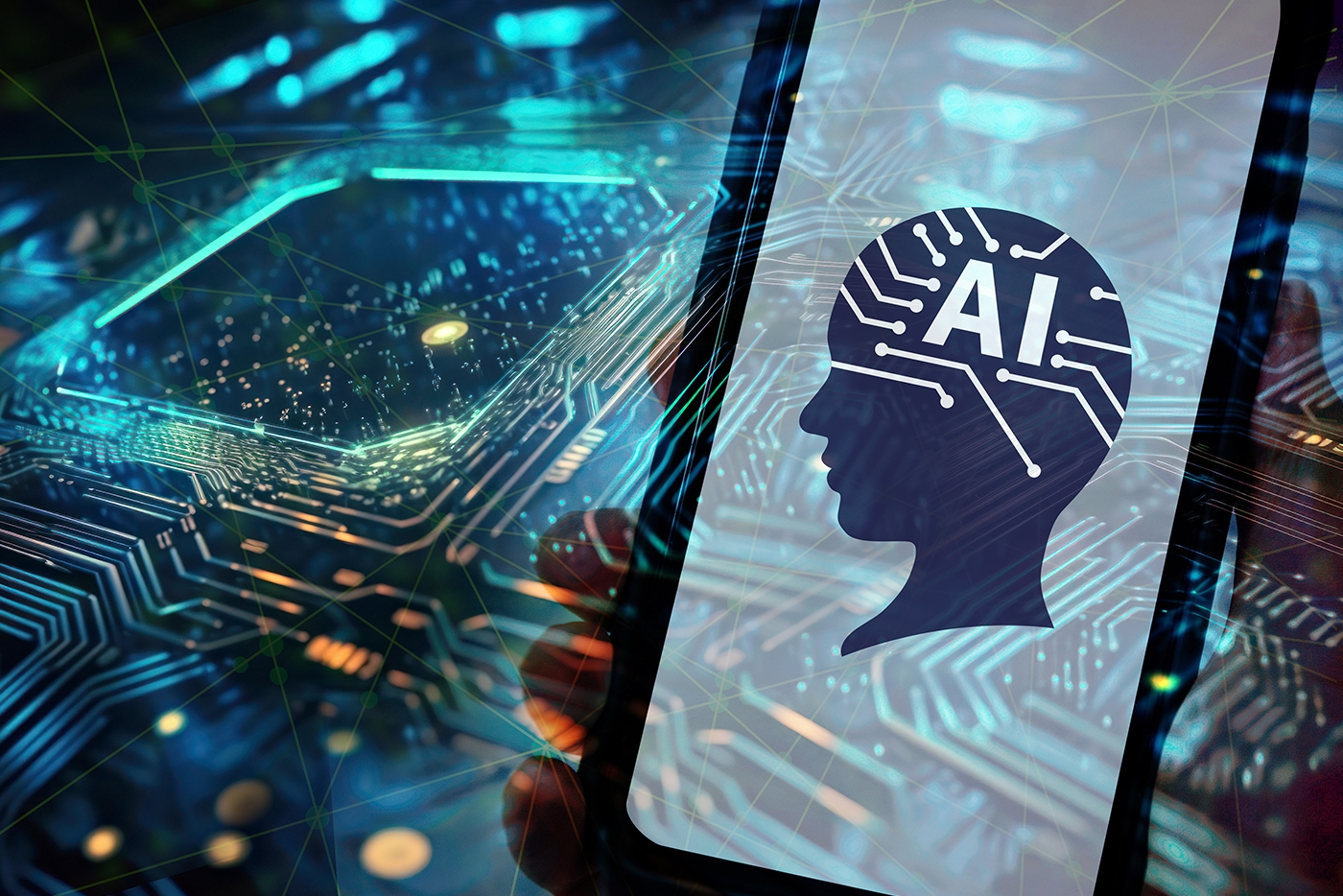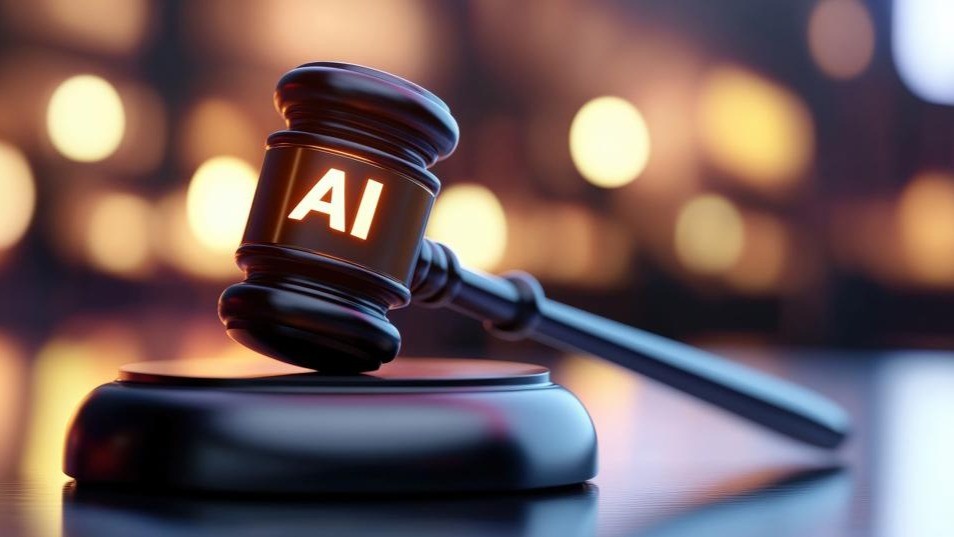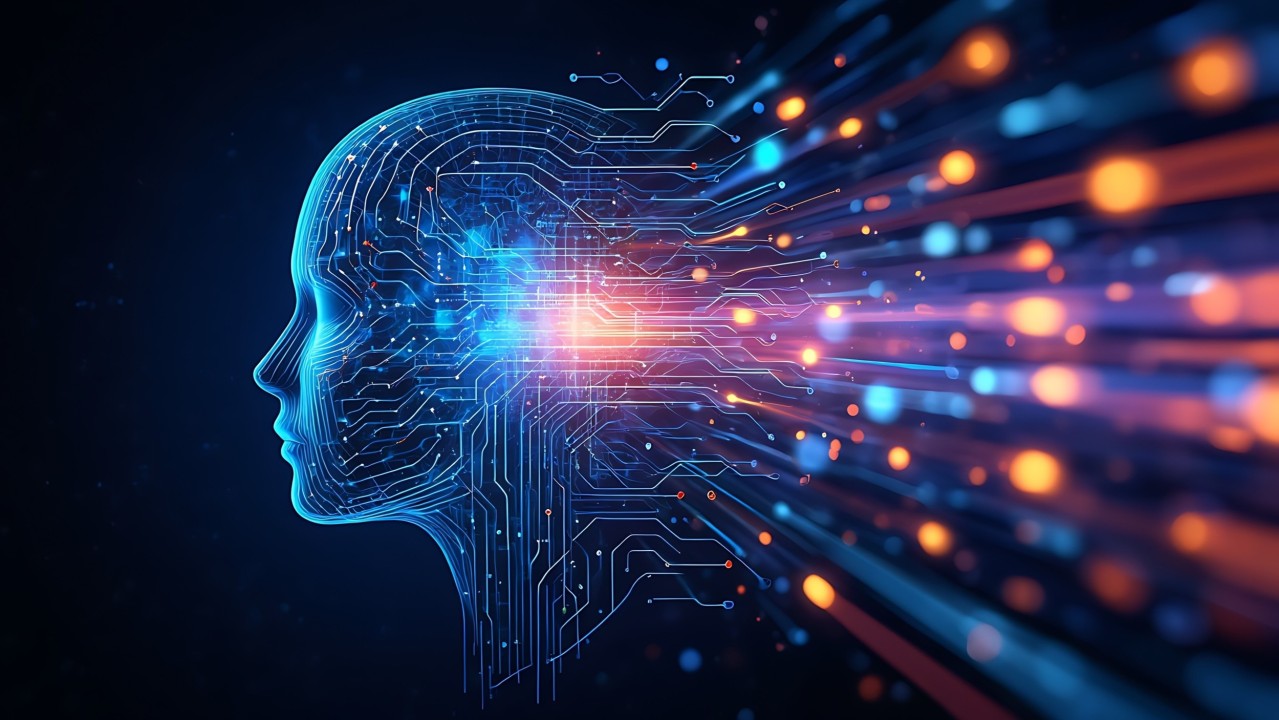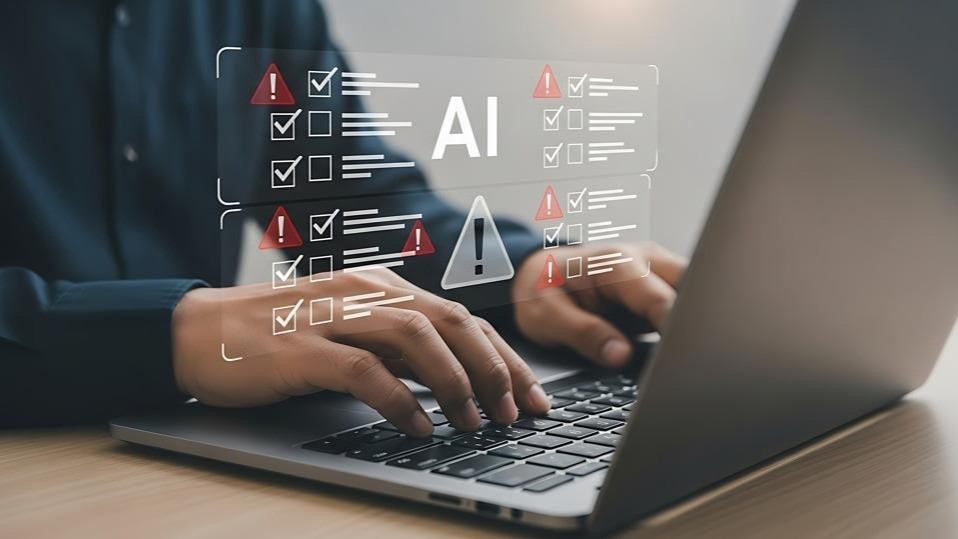Is Generative AI Destroying The Internet?
22 August 2023
The transformative power of technology cannot be denied. From the printing press to the internet, every new innovation brings about a world of possibilities. But with the good news come challenges, and the rise of generative artificial intelligence (AI) is no different.
Generative AI, with its profound capability to produce almost any piece of content, from articles to photos and videos, can fundamentally reshape our online experience. But as this technology grows more sophisticated, a crucial question emerges: Is Generative AI undermining the very foundation of the internet?

The Power Of Generative AI
For those unfamiliar, generative AI systems can produce human-like content. Given a prompt, these systems can write essays, design images, create music, or even simulate videos. They don't just mimic; they create, based on patterns they've learned.
For the uninitiated, the world of generative AI might seem like the stuff of science fiction, but it's quickly becoming a tangible reality shaping our digital experiences. At the heart of this revolution are systems like those built on the GPT-4 architecture. But GPT-4 is just the tip of the iceberg.
Take, for instance, DALL·E or Midjourney, AI systems designed to generate highly detailed and imaginative images from textual descriptions. Or consider DeepFake technology, which can manipulate videos by transplanting one person's likeness onto another, producing eerily convincing results. These tools, with their ability to design graphics, synthesize human voices, and even simulate realistic human movements in videos, underscore the vast capabilities of generative AI.
But it doesn't end there. Tools like Amper Music or MuseNet can generate musical compositions spanning a plethora of genres and styles, transcending what we thought machines could achieve. Jukebox AI, on the other hand, doesn't just create melodies but simulates vocals in various styles, capturing the essence of iconic artists.
What's both exhilarating and daunting is the understanding that these tools are in their relative infancy. With each iteration, they will become more refined, more convincing, and more indistinguishable from human-produced content. They aren't mere mimics; these systems internalize patterns, nuances, and intricacies, enabling them to create rather than replicate.
The trajectory is clear: as generative AI continues its relentless march forward, the line between machine-generated and human-crafted content will blur. The challenge for us is to harness its potential while staying vigilant against its misuse.
The Perils Of Proliferation
This immense power, however, carries a potential drawback. The ease with which content can be created also means the ease with which misinformation can be spread. Imagine an individual or entity with a nefarious agenda. In the past, creating misleading content required resources. Now, with advanced generative AI tools, one can flood the digital world with thousands of fake articles, photos, and videos in a heartbeat.
Just picture a scenario like this in the year 2025: The world's gaze is fixed on an impending international summit, a beacon of hope amidst rising tensions between two global powerhouses. As preparations reach a fever pitch, a video clip emerges, seemingly capturing one nation's leader disparaging the other. It doesn't take long for the clip to blanket every corner of the internet. Public sentiment, already on a razor's edge, erupts. Citizens demand retribution; peace talks teeter on collapse.
As the world reacts, tech moguls and reputable news agencies dive into a frenzied race against time, sifting through the video's digital DNA. Their findings are as astounding as they are terrifying: the video is the handiwork of cutting-edge generative AI. This AI had evolved to a point where it could impeccably reproduce voices, mannerisms, and the most nuanced of human expressions.
The revelation comes too late. The damage, though based on an artificial fabrication, is painfully real. Trust is shattered, and the diplomatic stage is in disarray. This scenario underscores the urgent need for a robust digital verification infrastructure in an era where seeing is no longer believing.
Trust In A Post-Generative World
The implications of this are staggering. As the lines between real and AI-generated blur, trust in online content may dwindle. We might find ourselves in a digital landscape where skepticism is the default. The axiom "don't believe everything you read on the internet" could soon evolve into "trust nothing unless verified."
In such a world, provenance becomes paramount. Knowing the origin of a piece of information might be the only way to ascertain its validity. This can give rise to a new set of digital intermediaries or "trust brokers" who specialize in verifying the authenticity of content.
Technological solutions like blockchain could play a crucial role in maintaining trust. Imagine a future where every genuine article or photo is stamped with a blockchain-verified digital watermark. This watermark could serve as a guarantee of authenticity, making it easier for users to differentiate between genuine and AI-generated content.
The Road Ahead
This is not to say that generative AI's role in content creation is inherently negative. Far from it. Journalists, designers, and artists are already harnessing these tools to enhance their work. Generative AI can assist in draft creation, ideation, and even in designing visual elements. It's the unchecked proliferation and misuse that we must guard against.
While it's easy to paint a dystopian picture, it's essential to remember that every technological advancement brings challenges alongside opportunities. The key lies in our preparedness. As generative AI becomes more intertwined with our digital lives, a collaborative effort between technologists, policymakers, and users will be crucial to ensure that the internet remains a place of trust.
From my point of view, it would make a lot of sense to invest in and prioritize the development of AI-driven verification tools capable of identifying and flagging artificially generated content. Equally crucial is the establishment of international regulatory standards that hold creators and disseminators of malicious AI content accountable. And then there is education, which will play a pivotal role; digital literacy programs must be integrated into educational curricula, teaching everyone to critically evaluate online content.
Collaboration between tech companies, governments, and civil society will be needed to create a resilient framework that safeguards the integrity of digital information. Only by collectively championing truth, transparency, and technological foresight can we fortify our digital realms against the looming threat of AI-generated disinformation.
Related Articles
8 AI Ethics Trends That Will Redefine Trust And Accountability In 2026
By now, “smart” versions exist of just about every home appliance, gadget and gizmos we can think of. However, manufacturers continue[...]
The 7 Banking And Fintech Trends That Will Define 2026
By now, “smart” versions exist of just about every home appliance, gadget and gizmos we can think of. However, manufacturers continue[...]
The 8 Biggest Healthcare Technology Trends To Watch In 2026
By now, “smart” versions exist of just about every home appliance, gadget and gizmos we can think of. However, manufacturers continue[...]
Why The AI Supercycle Will Fail Without Advanced Networks
By now, “smart” versions exist of just about every home appliance, gadget and gizmos we can think of. However, manufacturers continue[...]
The Two-Tier AI Economy: Why Half Of Companies Are Being Left Behind And How To Close The Gap
By now, “smart” versions exist of just about every home appliance, gadget and gizmos we can think of. However, manufacturers continue[...]
5 AI-Era Skills Mistakes That Will Cost Your Business Millions In 2026
By now, “smart” versions exist of just about every home appliance, gadget and gizmos we can think of. However, manufacturers continue[...]
Sign up to Stay in Touch!
Bernard Marr is a world-renowned futurist, influencer and thought leader in the fields of business and technology, with a passion for using technology for the good of humanity.
He is a best-selling author of over 20 books, writes a regular column for Forbes and advises and coaches many of the world’s best-known organisations.
He has a combined following of 4 million people across his social media channels and newsletters and was ranked by LinkedIn as one of the top 5 business influencers in the world.
Bernard’s latest book is ‘Generative AI in Practice’.










Social Media